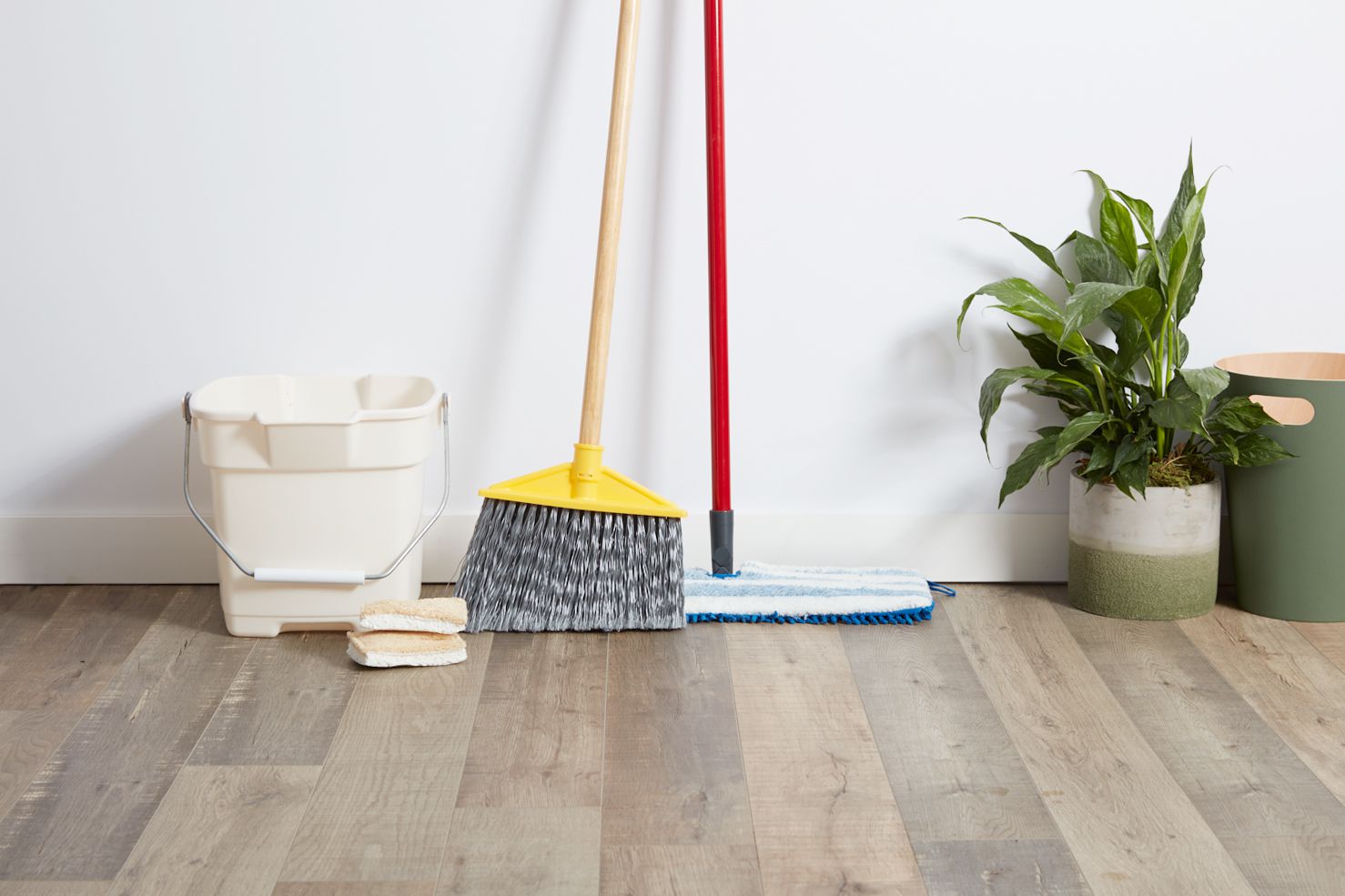
Without careful observation, it can be hard to tell the difference between vinyl and laminate flooring. Both products use plastic designed to simulate natural materials and offer various styles and options for homeowners.
Both types have their own set of advantages and disadvantages; which one would best fit your home? Read on for tips and information regarding these popular flooring choices.
As you shop for new flooring, keeping your budget in mind can help narrow down the options to find exactly what's right for your home. From vinyl to laminate options there's sure to be something perfect!
Both options are less costly than natural wood; however, installation costs must also be considered. If your installation will take place in a room with high humidity levels like the bathroom or laundry room, vinyl may be your better bet since it resists moisture damage better.
Vinyl and laminate are both eco-friendly flooring choices, made with synthetic surface layers that can easily be recycled. Both options offer long-term durability, affordability and long-term performance - which is why so many consumers choose these floors! To extend the life of these eco-friendly options, ensure they're regularly cleaned using manufacturer-approved cleaning products, wiping away water puddles as soon as they form and protecting the wear layer by choosing thicker products with more texture if you require comfort underfoot.
Although both vinyl and laminate flooring provide durable, cost-effective options for homeowners seeking beautiful hardwood floors, each has unique properties that make them more suitable for certain applications. Vinyl floors - particularly WPC and SPC products - are waterproof and therefore ideal for areas prone to spills or humidity.
Laminate flooring is generally durable and able to accommodate moderate to heavy traffic levels, yet it isn't fully waterproof; should moisture seep into a laminate plank it could warp or mold and warp as a result.
Laminate flooring comes in long, wide planks or square tiles that interlock to form a floating floor. Installation should be simple for most existing floors; moderately handy homeowners should be able to do it themselves. Vinyl on the other hand provides more versatile installation methods - click-lock planks or peel-and-stick. Furthermore, vinyl boasts stronger wear layers and superior stain resistance than laminate, making it more suitable for high traffic areas within your home.
Vinyl flooring used to be limited in its design options; however, that has changed considerably in recent years. Now available as luxury vinyl planks (LVP), vinyl can now be made to resemble natural materials like wood, stone or ceramic floors.
Vinyl is an excellent choice for high-traffic areas due to its durability and moisture resistance. There's no need for sealants either; you can easily clean vinyl using a wet mop!
Laminate flooring is more eco-friendly than vinyl because its core material consists of wood byproducts that will decompose in landfills. Unfortunately, laminate releases volatile organic compounds (VOCs), contributing to indoor air pollution after installation and acting as an ineffective insulator; heat can easily transfer between rooms as it does not act as an insulator. While laminate can withstand some moisture levels within your home, wet mopping should only be performed when necessary - for more on how to choose appropriate flooring read here.
Vinyl and laminate can resemble many different materials, from wood to stone. Both floors offer durable finishes that can withstand heavy foot traffic as well as frequent cleanings; additionally, both come equipped with protective wear layers that help protect from denting or drops; the quality of this layer depends on both its thickness and overall thickness of flooring.
Laminate floors tend to be less costly than hardwood floors, with costs depending on your budget and desired style preferences. Both products are easy to install; both offer floating installation methods whereby they snap into place without the need for glue - meaning a moderately handy person with some experience using tools can install these products without issue - while vinyl requires professional installers for optimal results.
For those looking to enhance the look and durability of their floors, the decision between vinyl and laminate flooring can be a tough one. However, once you've made your choice, it's important to move on to your next project - garage insulation. A well-insulated garage not only reduces energy loss but also improves comfort in your home. To explore the various options and find the perfect fit for your garage insulation needs, check out Archidrenaline's informative guide on Types of Garage Insulation. Don't let the cold or heat affect your garage and ensure a cozy environment all year round!